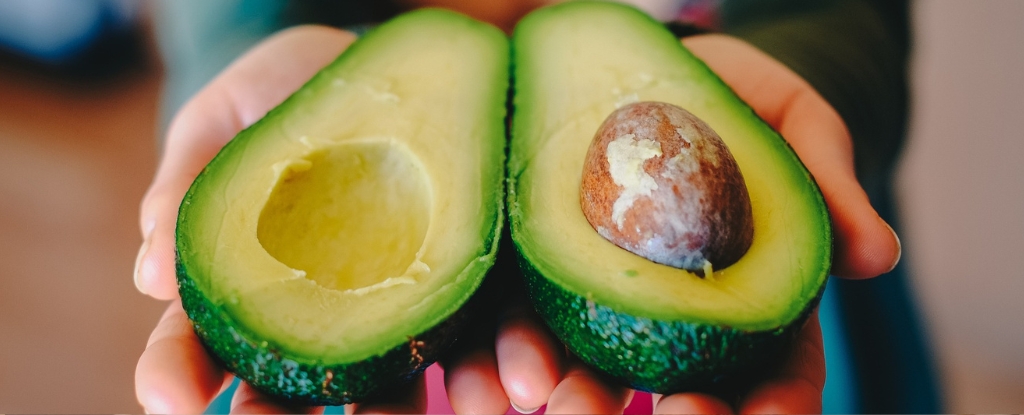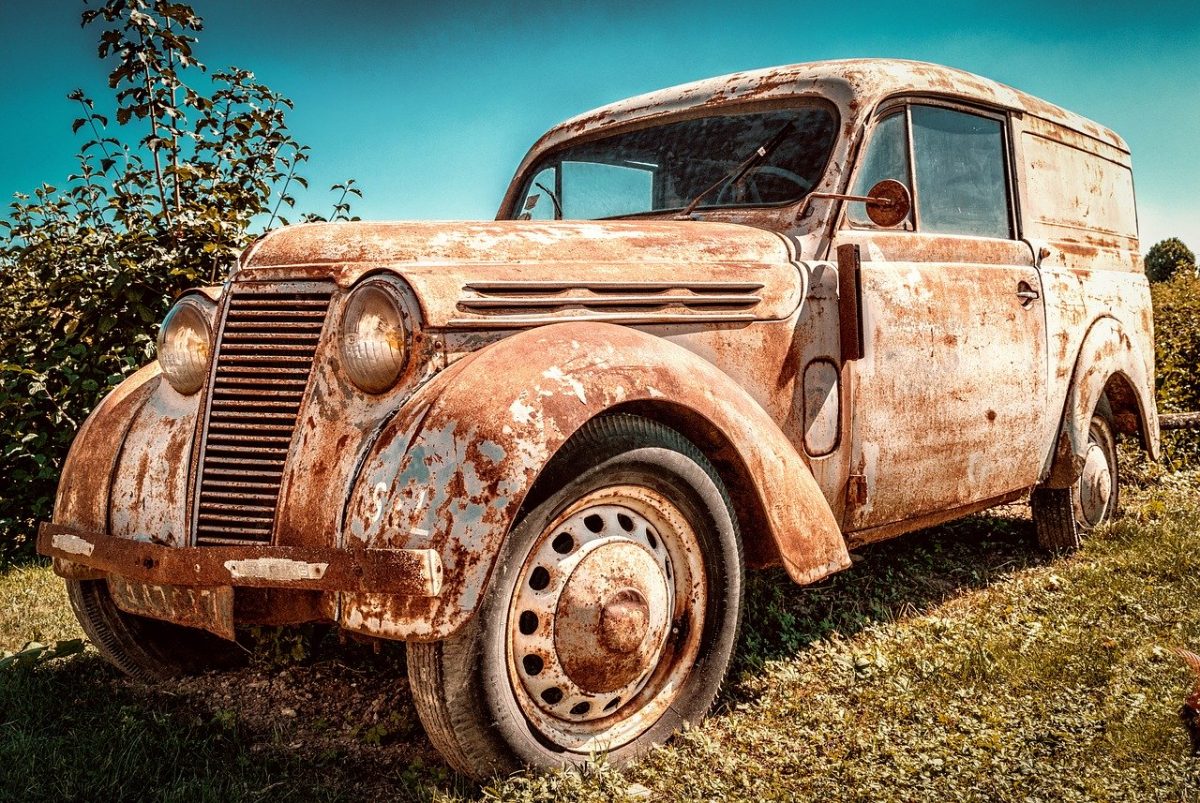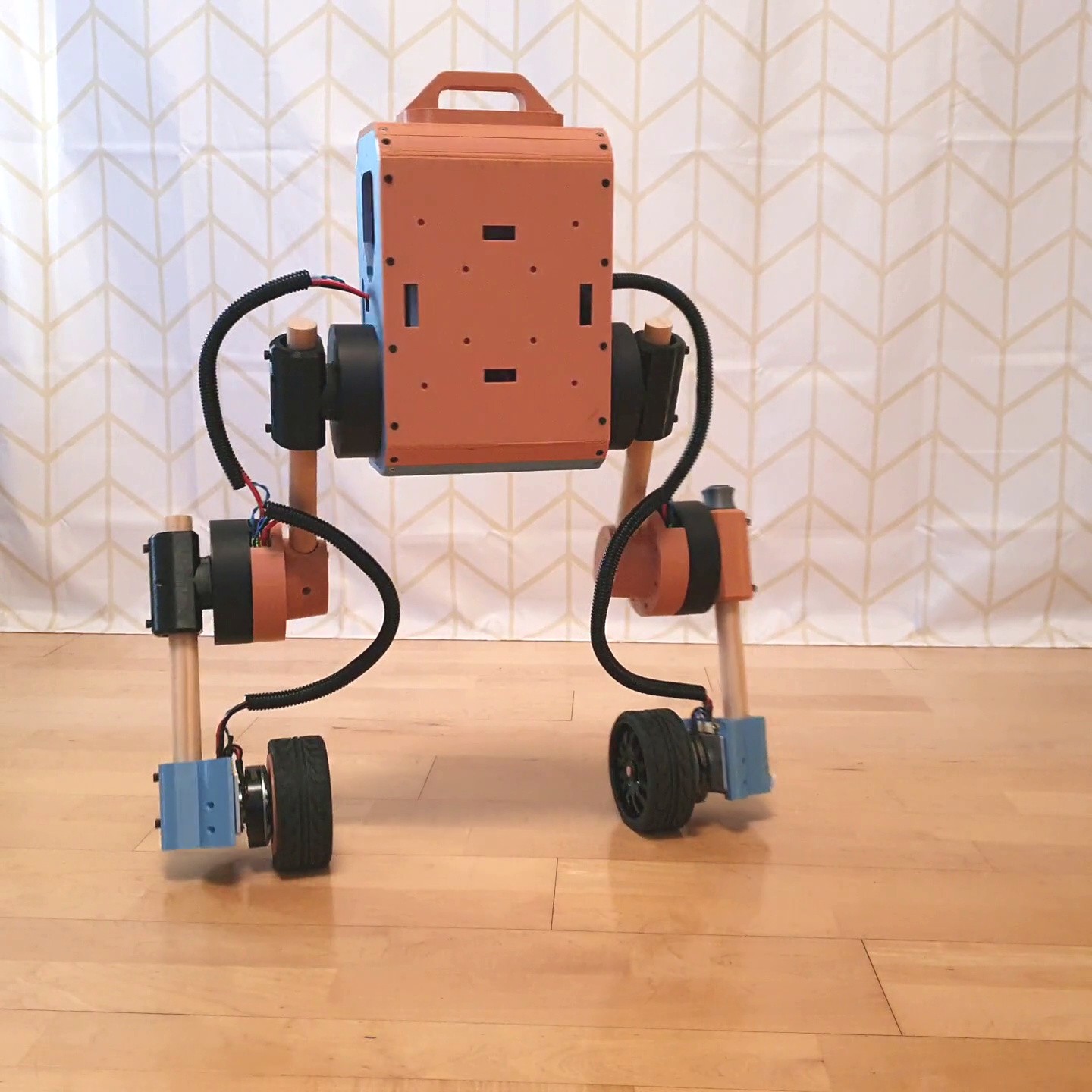
Millions of people across the US use well water, but very few test it often enough to make sure it’s safe
Gabriel Lade received funding from the Leopold Center for Sustainable Agriculture, the Center for Agricultural and Rural Development, and the U.S. Department of Agriculture to conduct this research. He is affiliated with the Center for Agricultural and Rural Development at Iowa State University.
About 23 million U.S. households depend on private wells as their primary drinking water source. These homeowners are entirely responsible for ensuring that the water from their wells is safe for human consumption.
Multiple studies show that, at best, half of private well owners are testing with any frequency, and very few households test once or more yearly, as public health officials recommend. Even in Iowa, which has some of the strongest state-level policies for protecting private well users, state funds for free private water quality testing regularly go unspent.
The U.S. Environmental Protection Agency still relies on a 15-year-old study showing that among 2,000 households, 1 in 5 households’ well water contained at least one contaminant at levels above the thresholds that public water systems must meet. While other researchers have studied this issue, most rely on limited data or data collected over decades to draw conclusions.



















